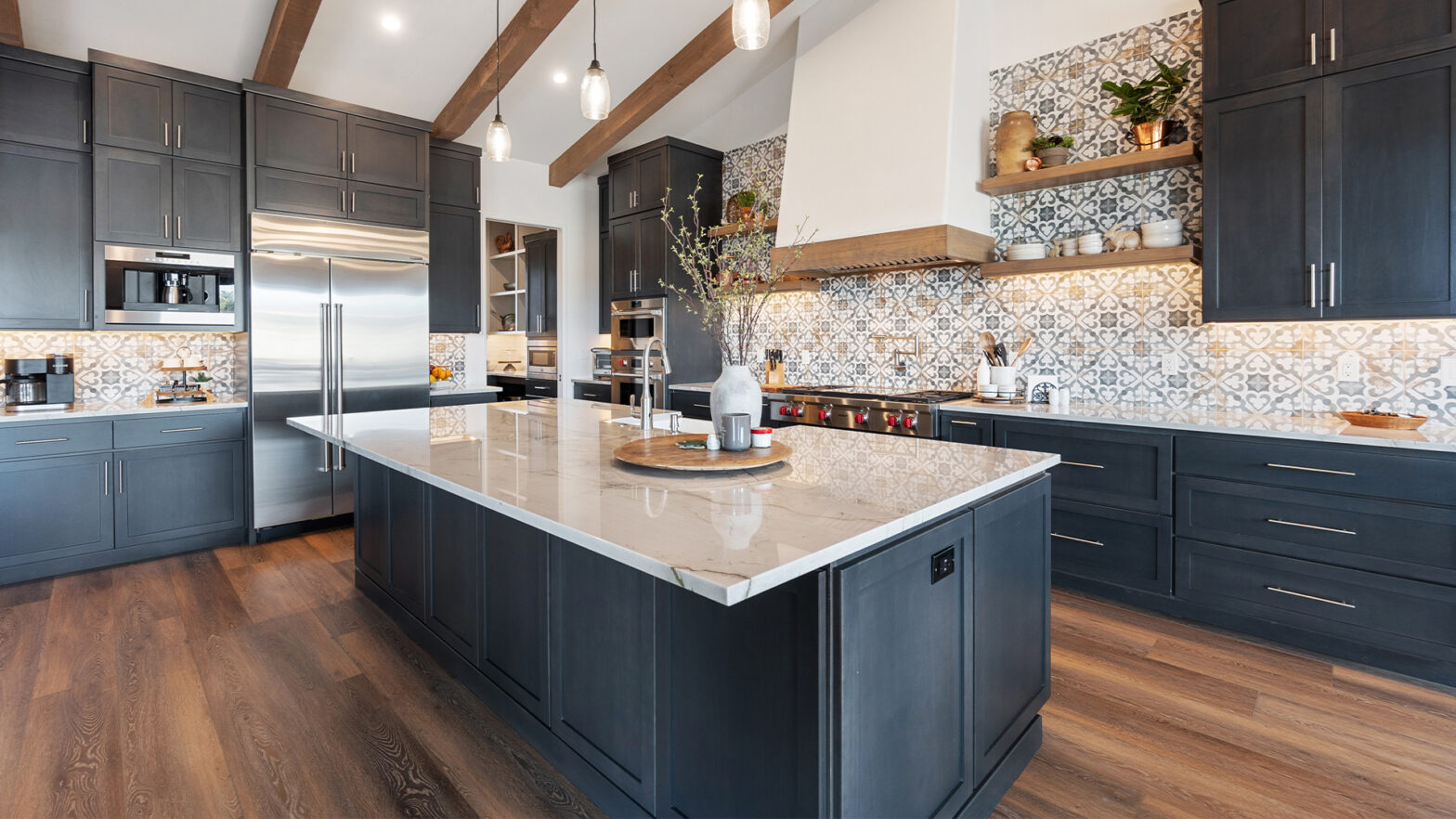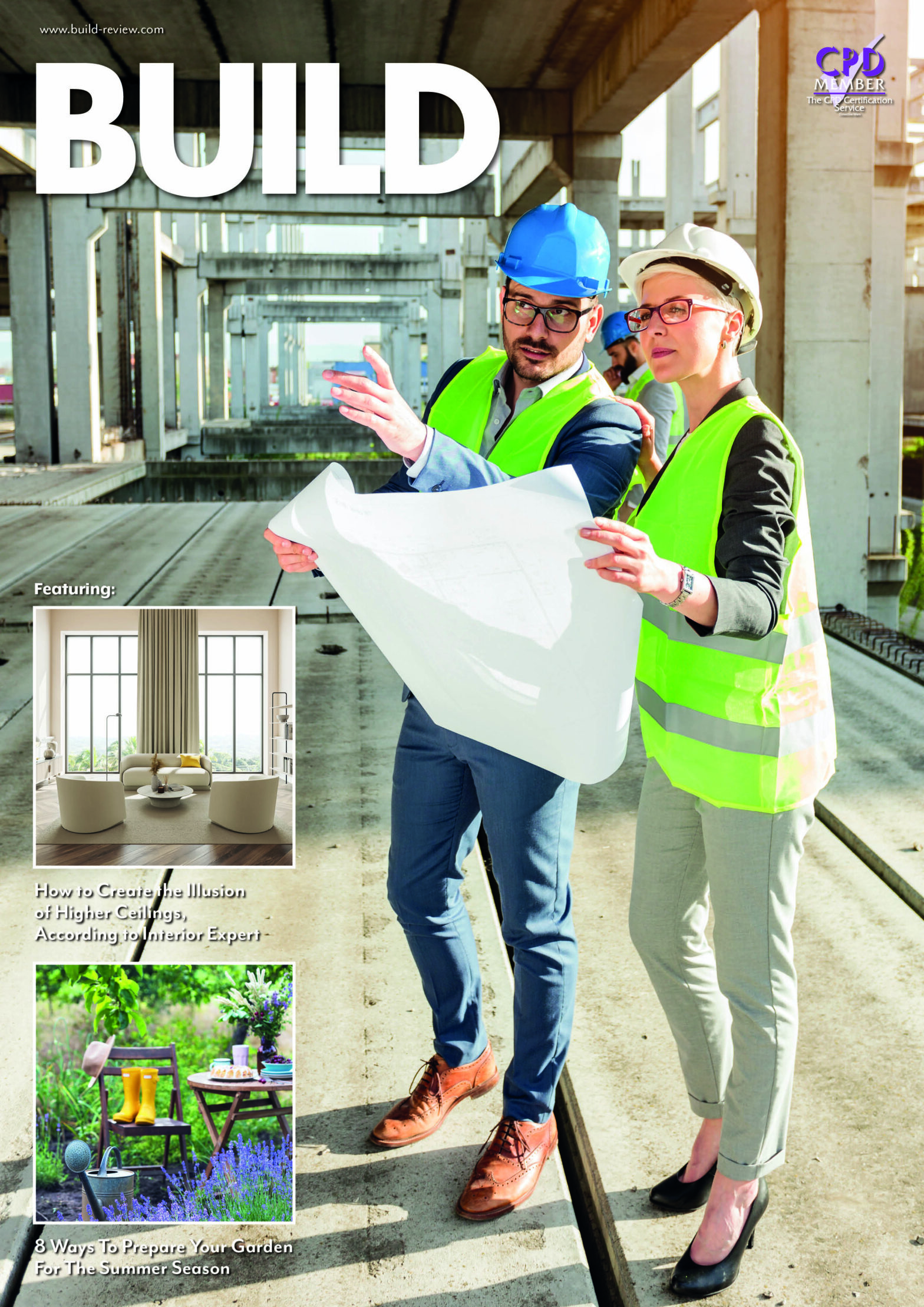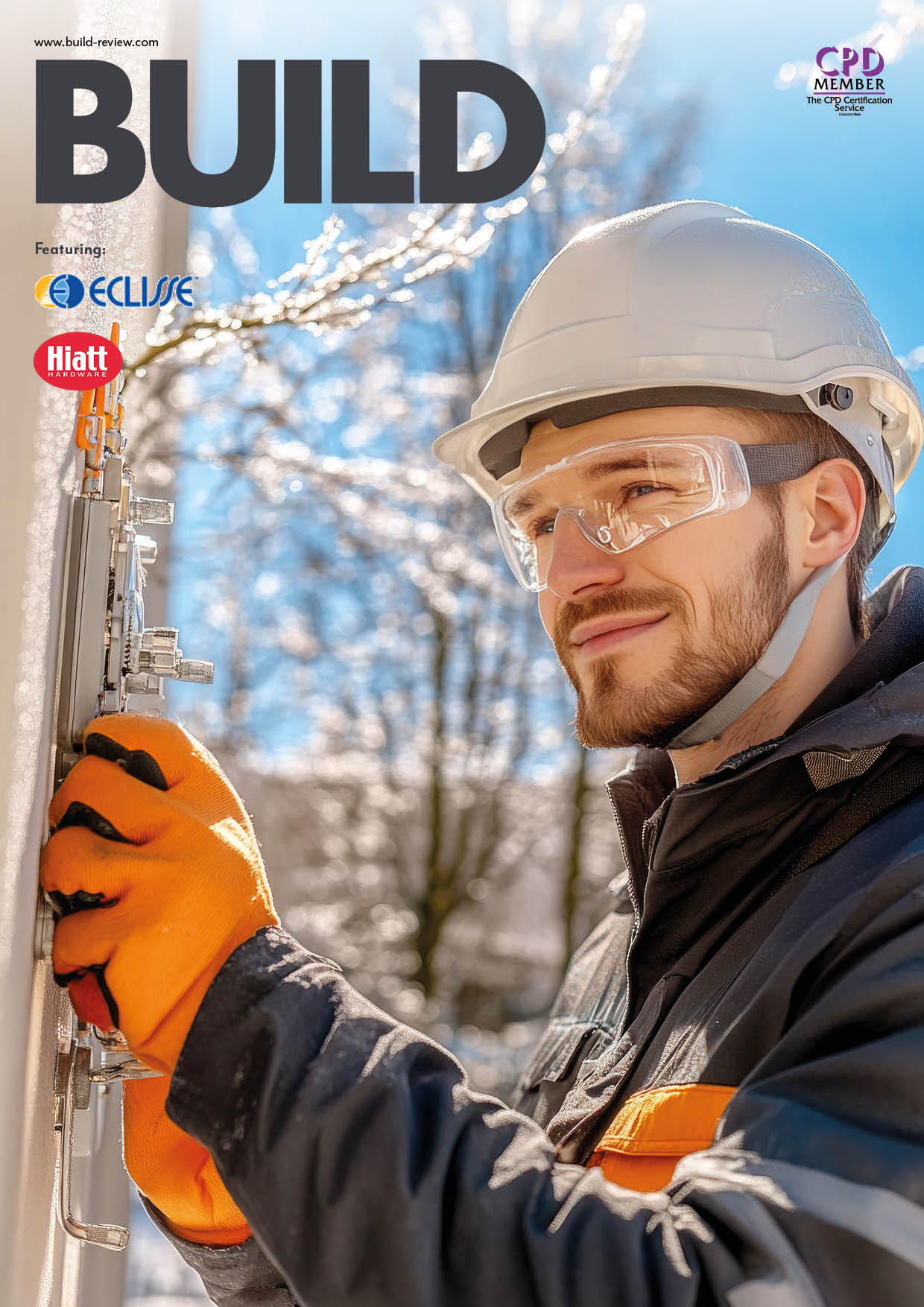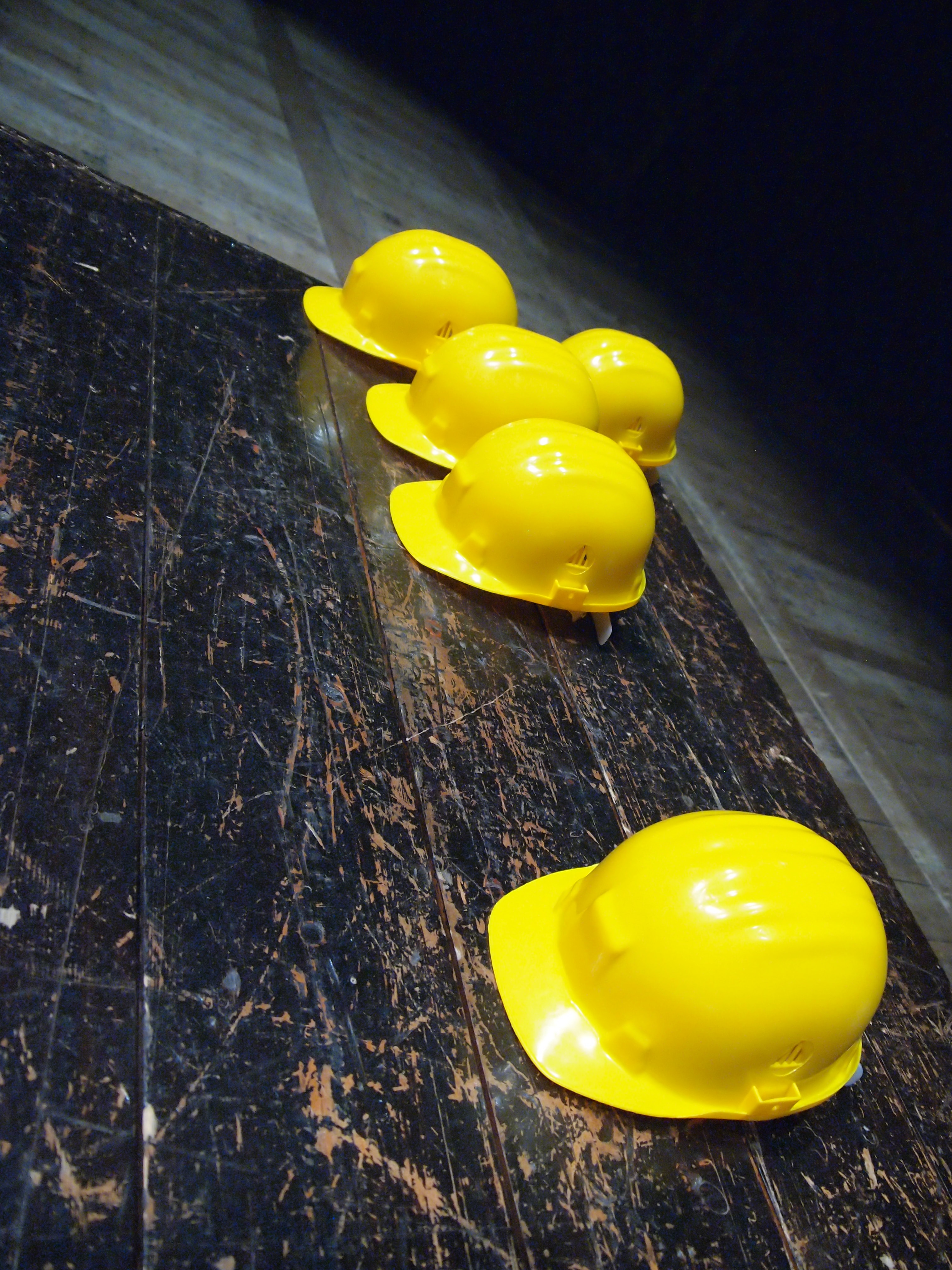
- Liam Cleverdon, flooring expert and Director at Flooring King reveals the everyday habits that are silently damaging our flooring.
- Habits include using harsh cleaners, the use of steam mops, and not using proper protection when moving furniture.
The kitchen is often called the heart of the home, but it may also be where some of the most expensive interior mistakes are being made.
From unnoticed spills to harsh cleaning routines, flooring expert Liam Cleverdon, flooring expert and Director at Flooring King, reveals how our everyday kitchen habits are quietly damaging our floors and what we can do to prevent it.
Common Mistakes That Damage Kitchen Floors
Highlighting how overlooked daily habits can quietly cause lasting damage, Liam warns: “Your kitchen is the hardest-working room in the house, and your flooring takes a beating every day. If you’re using the wrong products or, worse, the wrong materials, you’re shortening the life of your floor without even realising it.”
Here are the most common habits that lead to kitchen floor damage:
- Dragging fridges or dishwashers without using protective pads: Dragging appliances without protective pads can cause serious and permanent damage, especially to laminate, LVT, and vinyl sheet flooring. Dragging appliances will create deep surface scratches, especially if debris is caught underneath, and for LVT or vinyl, this can tear the flooring, exposing underlays.
- Using harsh or abrasive cleaners, especially on LVT or laminate: LVT and laminate floors often have a protective layer or sealant that gives them their shine and durability, whilst we might think cleaners like bleach are best for getting rid of dirt and bacteria, they can actually erode this protective layer, dulling the surface and leaving it exposed to damage.
- Letting liquid spills, grease, or tea drips sit too long: There’s a number of ways spills from cooking, grease build-up, or tea bag drips can damage flooring. Aside from moisture sitting for too long causing warping or lifting, grease can soak into textured surfaces leaving behind discoloration, whilst sugary or acidic spills from tea or juice can create etches or stains on flooring with lighter finishes. Not to mention, if these spills occur in hard to reach areas, standing liquid can create the perfect environment for mould and mildew to grow, both on and underneath flooring.
- Cleaning with steam mops on floors not rated as waterproof: Steam mops force hot moisture deep into the floorings surface, especially at joints and tiny gaps between planks, on floors that aren’t fully sealed or waterproof, this moisture will penetrate and lead to swelling, delamination, or mould build up. If your floor isn’t specifically labelled as ‘steam mop safe’ or ‘100% waterproof’ it’s best to avoid steam cleaning altogether and stick to spot cleaning with a microfibre mop or cloth.
- Neglecting regular maintenance like dry mopping and spot cleaning: Neglecting simple and regular maintenance like spot cleaning or sweeping up may not seem like a big deal, but over time, it can cause damage to kitchen flooring. Without regular sweeping, debris can scratch the floor surface, especially in high-traffic areas where underfoot, they create friction. Sticky sills can stain surfaces and often attract more dirt, while ignoring small spills or splashes near the sink can cause moisture to linger.
According to Liam, these habits can cause serious damage to the surface and sublayers of your floor, and they’re often completely avoidable. He added: “Dragging appliances like fridges or washing machines without proper padding can cause deep scratches. And letting something as simple as tea drips or bin leaks sit for too long can leave permanent stains, especially on laminate or vinyl floors.”
Is Your Kitchen Floor Actually Fit for Purpose?
A recent interior regrets survey by Flooring King found that 28% of homeowners have installed the wrong flooring for their kitchen, with many pointing to poor durability and water resistance as key issues.
Despite kitchens being prone to spills, only 10% of respondents had installed LVT, one of the few kitchen-friendly options that are both waterproof and hard-wearing.
“Laminate and low-grade vinyl may look appealing at first, but they’re not built to withstand the moisture and movement that kitchens demand,” explains Liam. “You might save money upfront, but you’ll likely end up paying more for repairs or replacements later. On the other hand, LVT flooring is designed to be extremely durable and completely waterproof, making it well-suited for high-traffic areas like the kitchen.”
Getting kitchen flooring wrong isn’t just inconvenient; it can be expensive.
According to the same survey:
- The average UK homeowner spends £286 fixing interior design decisions they regret
- 10% have spent more than £800 correcting issues like unsuitable flooring
Liam’s 5 Rules for Protecting Your Kitchen Floor
To help homeowners avoid common pitfalls, Liam shares his top five rules for keeping kitchen floors in top condition:
- Clean up spills immediately – including water, oils, and teabag drips
- Avoid steam mops unless your floor is designed for high heat and moisture
- Stick to gentle, pH-neutral cleaners and avoid bleach
- Use felt pads under heavy furniture and appliances
- Invest in water-resistant flooring like LVT for long-term durability
He added: “It’s not about having the most expensive floor, it’s about having the right one. A good floor should last 10–20 years, not 10–20 months. LVT is one of the safest bets if you’re renovating or replacing your kitchen floor. It’s waterproof, low maintenance, and made to last.”
Whether you rent or own your home, protecting your kitchen floor is an investment worth making. According to Liam, a few mindful changes and the right materials can save hundreds in future repairs.
He concluded: “Most damage we see isn’t dramatic, it’s gradual. It’s tea that never gets wiped up, bins that leak unnoticed, chairs dragged daily across soft vinyl. Over time, it all adds up. But with better habits and smarter choices, homeowners can avoid these common and costly mistakes.”


























